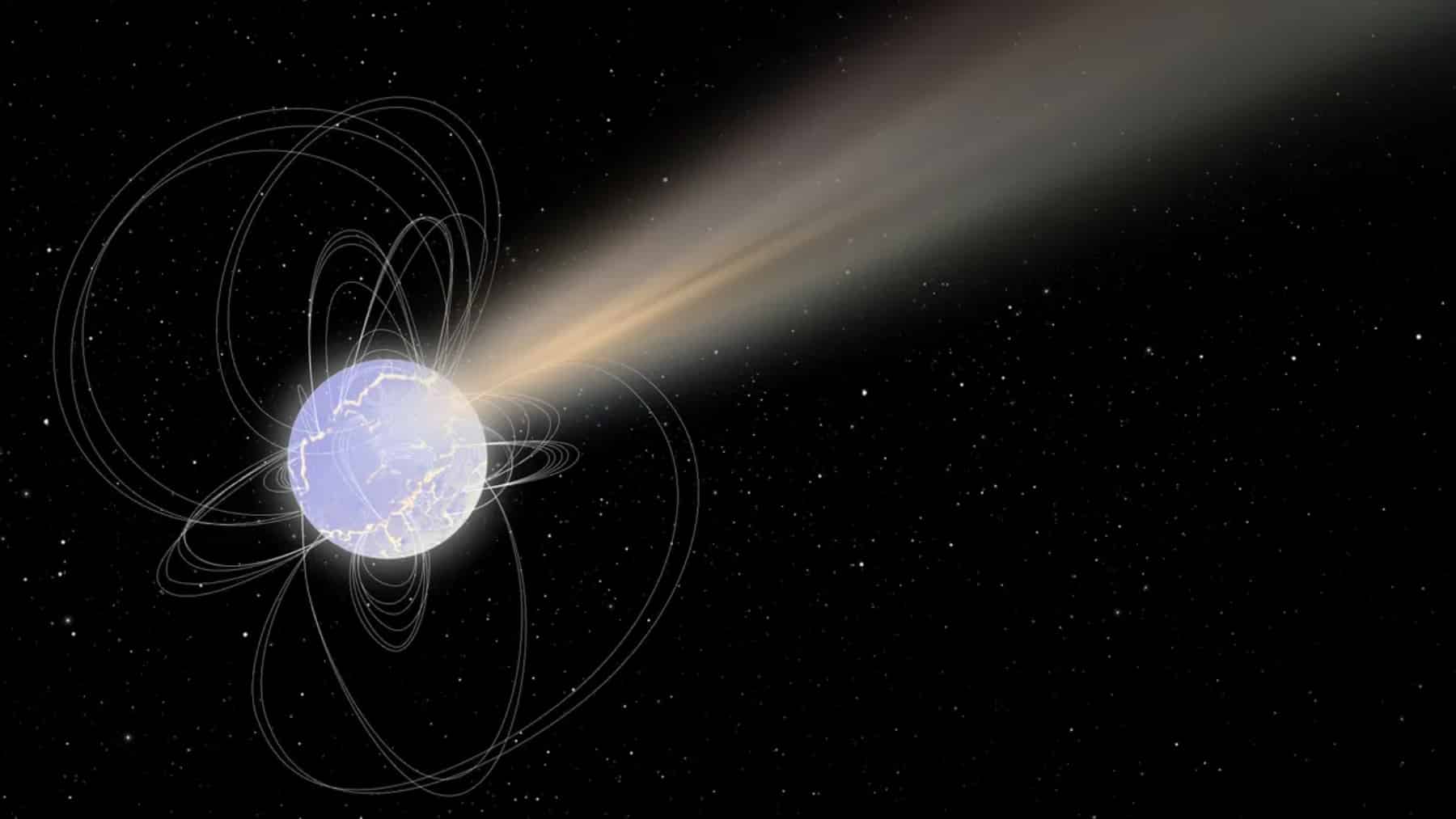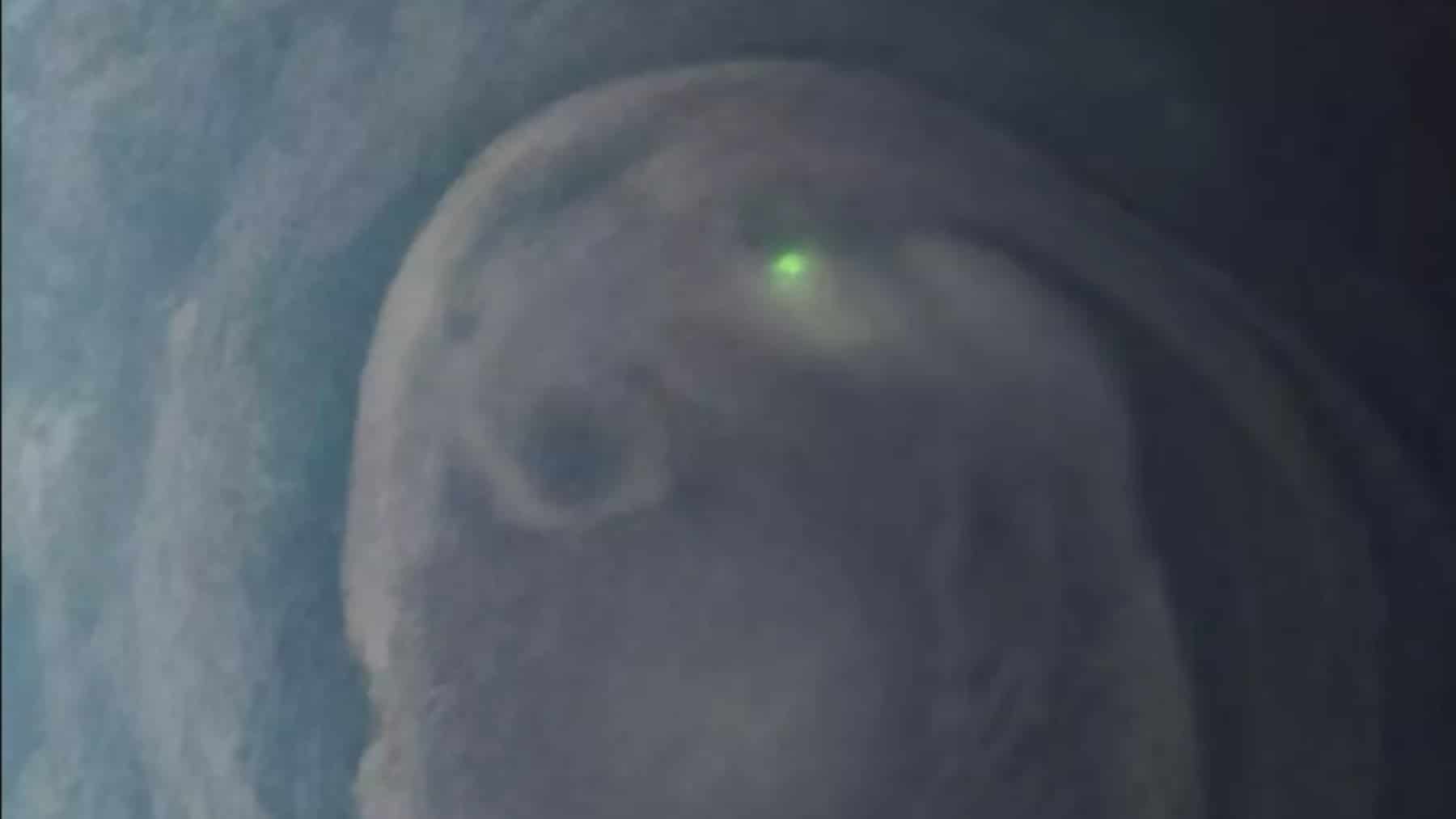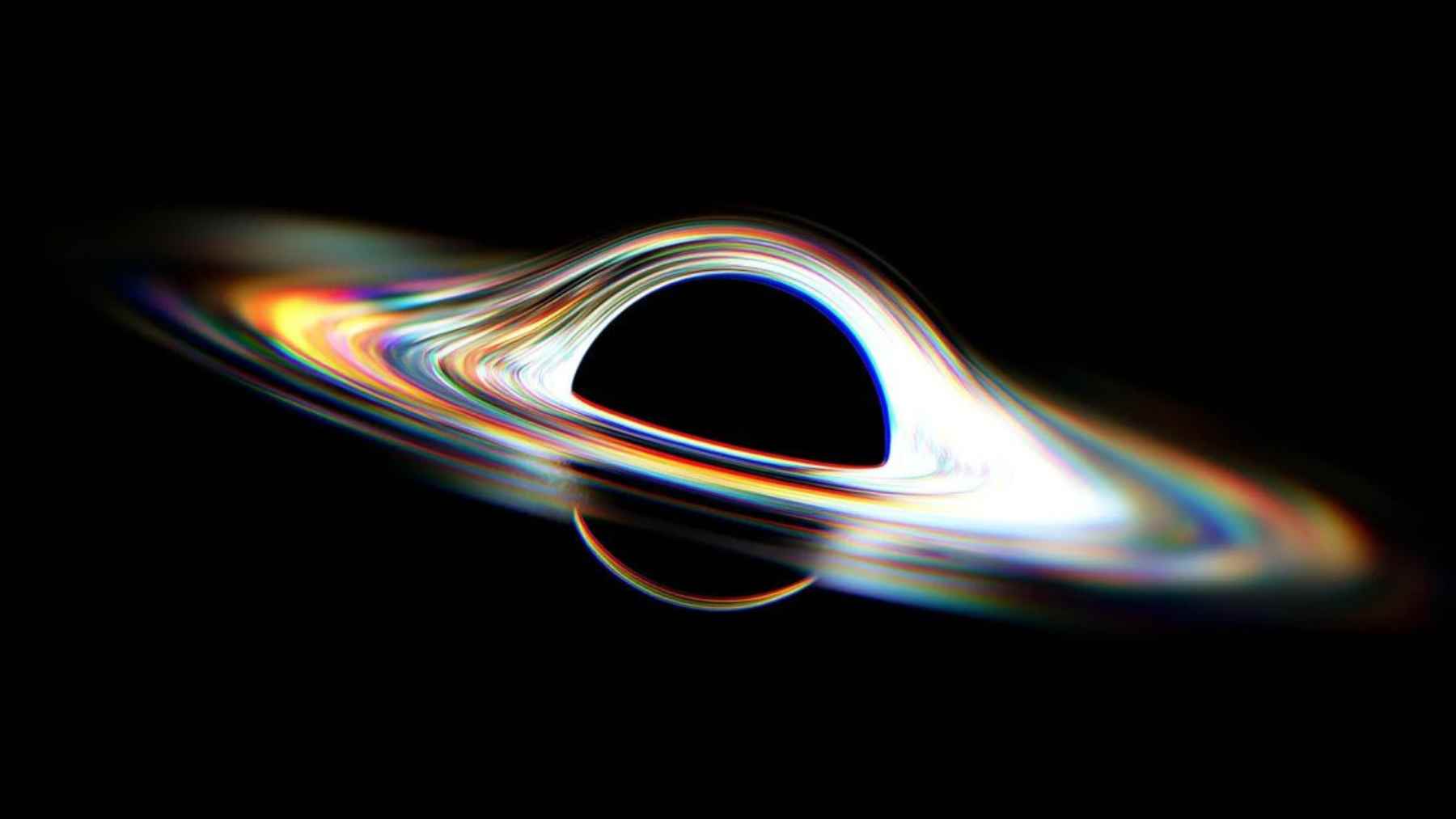Astronomers recently made a discovery that could transform the way we understand fast radio bursts (FRBs). Much of this is because these mysterious phenomena, which can emit energy equivalent to that of billions of suns in just milliseconds, have intrigued scientists for years. Until the most recent FRB detected was not only the brightest ever, but also the closest to Earth, allowing a clearer and more detailed view of its possible origin.
The brightest radio flash ever recorded: a firefly’s glow spotted across the cosmos
In March 2025, the Canadian Hydrogen Intensity Mapping Experiment (CHIME) telescope captured a radio burst that surprised scientists with its intensity and proximity. Located just 130 million light-years from Earth, in a spiral galaxy called NGC 4141, the FRB was dubbed “RBFLOAT,” or “Radio Brightest Flash of All Time.”
This burst was so bright that it overshadowed almost all other radio signals in the galaxy of origin, revealing a rare feature: in addition to its intensity, its proximity allowed astronomers to study the environment surrounding the phenomenon in greater detail than ever before. According to Shion Andrew, an astrophysicist at MIT and a member of the research team:
“Imagine we are in New York and there’s a firefly in Florida that is bright for a thousandth of a second, which is usually how quick FRBs are. Localizing an FRB to a specific part of its host galaxy is analogous to figuring out not just what tree the firefly came from, but which branch it’s sitting on.”
A hidden cosmic engine: magnetars or invisible neutron stars behind the burst?
When it comes to explaining the origin of these bursts, scientists have some interesting hypotheses. This reminds us that, until recently, the exact causes of FRBs were a mystery. The most popular theory involves magnetars, extremely powerful neutron stars that can generate intense bursts. However, the proximity of this new FRB revealed a red giant star or a massive star in its vicinity, and this could be related to the burst’s origin.
A star like this, with a powerful magnetic field, has the potential to generate bursts of energy like this, and current observations are helping to provide crucial clues about this “hidden engine” (this discovery even reminds us of when an extremely dense star shocked experts). In short, the possible causes of the FRB are:
- Magnetars: Highly magnetic neutron stars that generate large bursts of energy.
- Invisible neutron star: A neutron star in a binary system that siphons material from its companion star, creating the radio burst.
Mapping the untraceable: will precision finally unlock the secrets of FRBs?
It’s important to emphasize that the most exciting thing about this discovery is its impact on the future of FRB research. Until now, locating these phenomena in space has been extremely difficult, with few FRBs being traced back to their origins. However, with the improved precision of telescopes like CHIME and its Outriggers, astronomers can now locate them with unprecedented speed and accuracy. Other advances worth highlighting include:
- Precision in localization: The combination of CHIME and the Outriggers allowed for extremely precise localization.
- Detailed study of the stellar environment: For the first time, scientists can study the region surrounding the FRB.
- New perspectives on magnetars: The observations help better understand whether these phenomena originate from isolated or binary systems.
Yes, this is a breakthrough, because by being able to map the sources of FRBs with such precision, scientists will be closer to unlocking the secrets of one of the most enigmatic phenomena in the universe. Soon, we may have answers to many of the still unanswered questions, such as this strange behavior in two stars detected by NASA, and this marks just the beginning of an exciting journey in the exploration of the universe.















